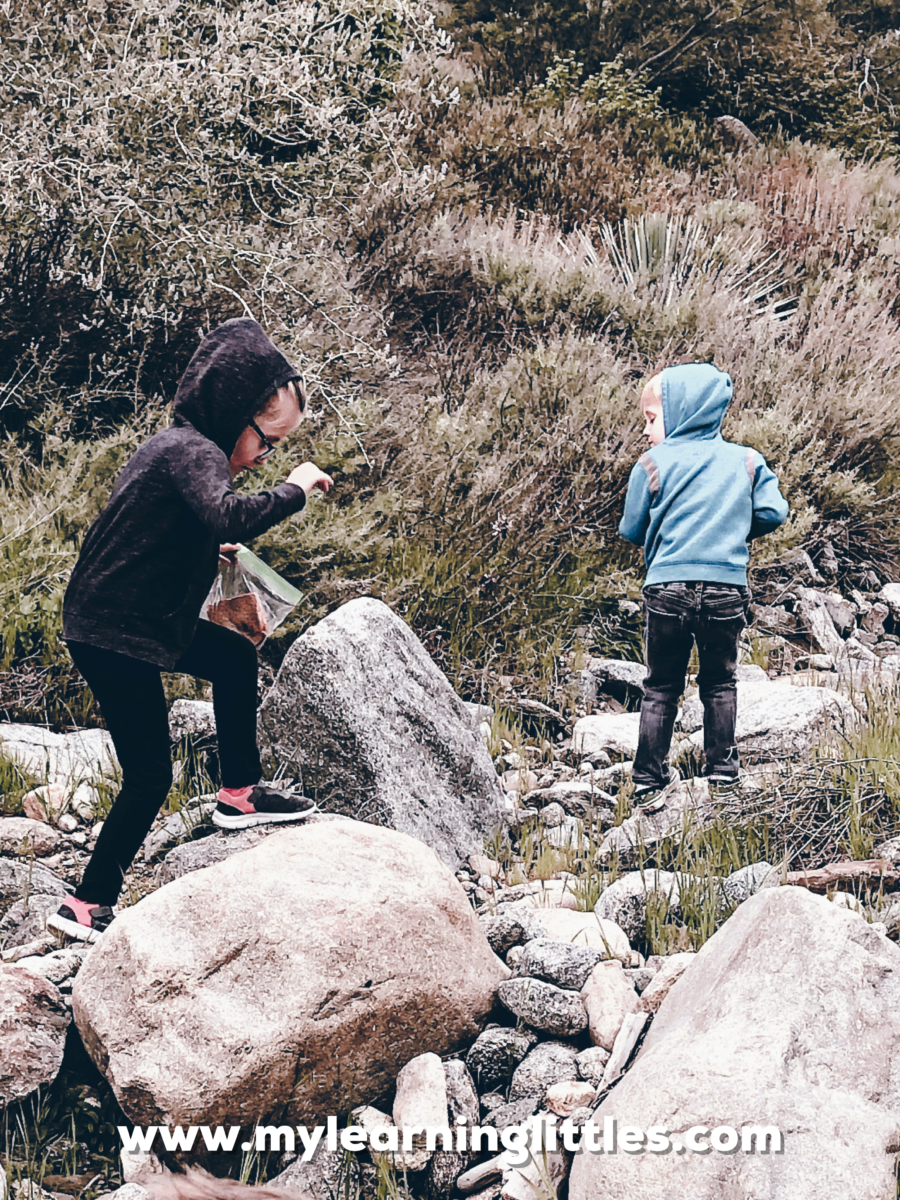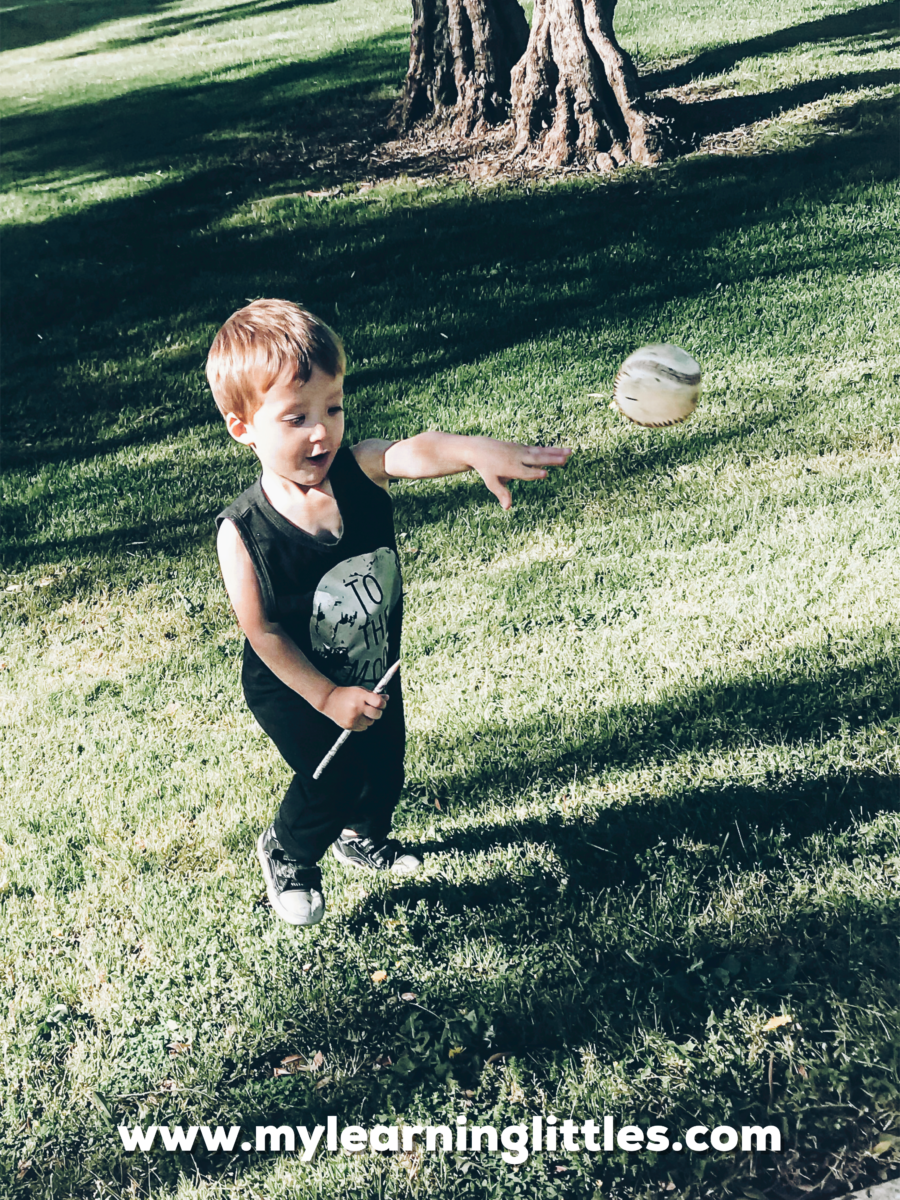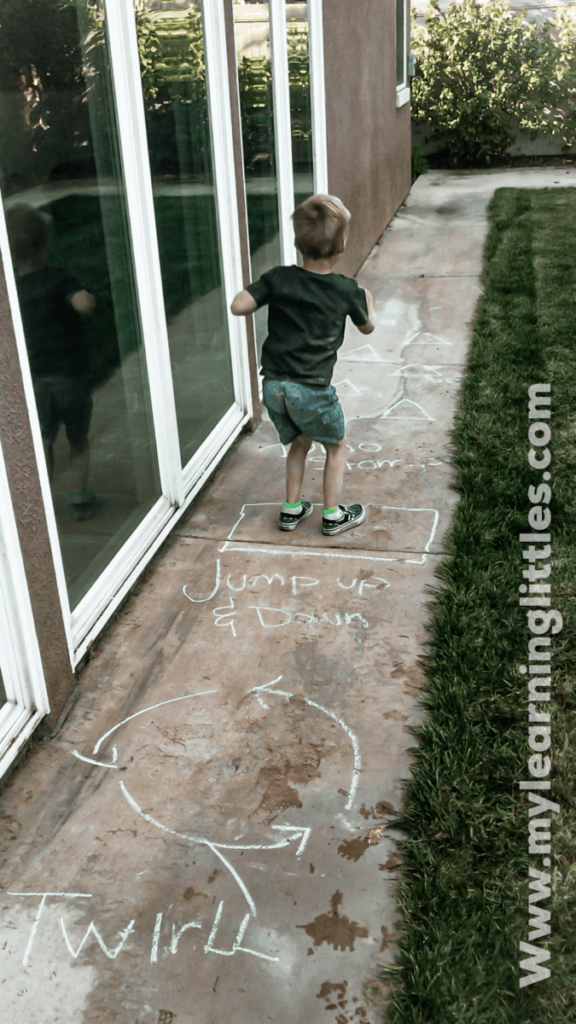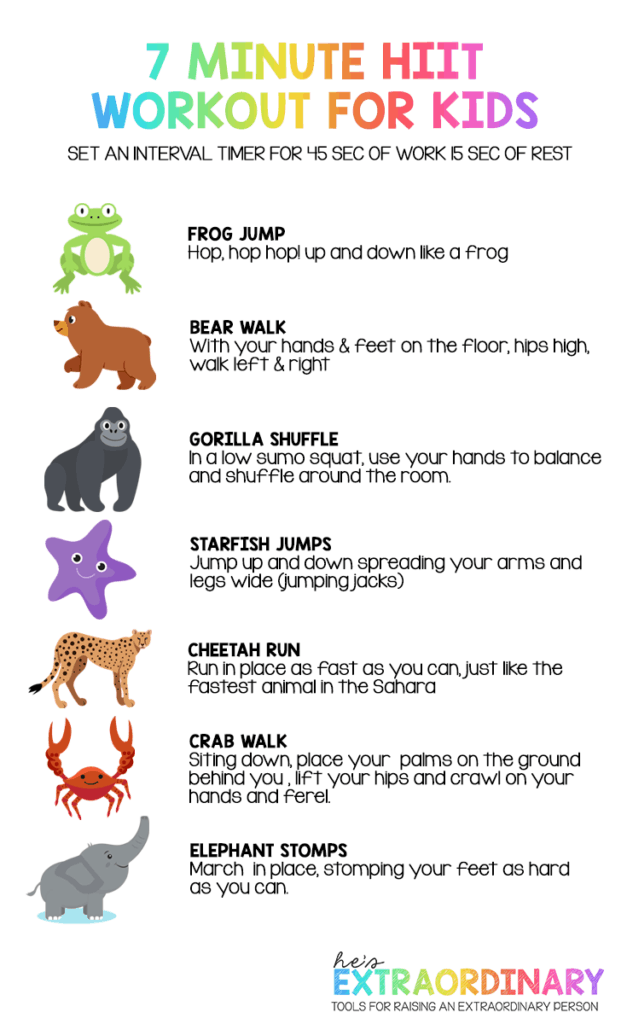Gross motor skills are all the larger movements we make with our limbs or bodies. So running, sitting, jumping, spinning, balancing, cartwheels, all the big stuff. Fine motor skills are the smaller actions we make like writing, or typing or picking up objects.
Gross motor skills are the coordination of our body’s major muscle groups to give us desired results. These skills require our brains to plant out actions, our muscles to balance, build strength and keep up endurance to preform activities. Gross motor skills help our children climb a rock wall, play on a playground and sit in class for a school day.
So what basic gross motor skills should our kids be developing and when? How do we do more gross motor activities during the day? Lets figure it all out together.
Disclosure: This post contains affiliate links, which means I may get a commission if you make a purchase. No pressure to buy anything, just a suggestion for something we love. I love that you’re here thanks for reading.

The Importance of Building Gross Motor Skills
We use our gross motor skills without even thinking about it. We just walk across a room and expect our bodies to do the work. As we plan activities to help our children developing their gross motor skills we are helping them develop muscle strength and confidence to use his/her body. When we take the kids out to practice kicking a soccer ball around they are working on coordination, endurance and getting great exercise. Woking on gross motor skills often develops major muscle groups which also required a ton of energy. Which tires them out! Win for mom’s and dad’s everywhere.
Developing gross motor skills will help your children in future activities. As they get better with coordination, balance and endurance they will get better at sports, lifting heavy objects, exploring their surroundings and learning in class.
Gross Motor Development
Gross motor skill development happens in stages from birth to adults and build on each other. Most of our development happens before 5 years old. Here is a basic timeline of development stages from Verywell Family. (Keep in mind all children develop at their own pace, if you have any concerns speak with your pediatrician.)
- Around 3 or 4 months, baby can raise his head and chest when lying on their belly.
- Around 6 months, baby will roll over, both ways (from the stomach to back and back to stomach).
- Around 8 or 9 months, baby can sit without support and may start to crawl.
- Between 12 and 18 months, baby can walk on their own. They’re a toddler now!
- Around 2 years, they can run, jump, and throw a ball.
- At 3 years, they can walk on tiptoe, climb well, try to stand on one foot, gallop, jump, kick a ball, and try to skip.
- Between 3 and 4 years, they can pedal a tricycle.
- When they reach about 5 years, they can leap, hop, skip, and run.
Gross Motor Skill Categories
There are three categories gross motor skills fit into. When you are planning to incorporate gross motor skills into your learning or your plan for the day you can think of them like this.
- Locomotor skills are used when you move your body from one place to another. For example walking, running or skipping.
- Manipulative skills involve moving an object, such as a bat, ball, or jump rope. Keep in mind its moving an object that requires a big movement. Moving smaller items like a bead, or crayon would be be in a fine motor category.
- Stability skills refer to balance and weight transfer. For example standing on one foot or dodging an obstacle.
Doing some activities will use one or more of these categories. Going for a jog will just use locomotor skills, and playing baseball or softball will use all three through the course of play.

How can preschoolers improve gross motor skills?
If you have noticed a delay in skill development here are a few ideas on how to work on gross motor skills at home. Of course I always recommend talking to a professional. My sister is an Occupational Therapist and I know she does wonderful things with her patients.
- Check out a local playground with tunnels and slides and play in them on them and under the play equipment. I took all three of my kiddos to Gymboree Classes as they grew up and we worked on equipment all the time. One recommendation from the class was to move from hard to soft objects so your child can experience the change. So play in a hard tunnel, then a soft swing, then back to something hard then maybe the ground if there is sand or wood chips. Move around the playground and play on all the equipment. Have fun! As they play they will be working on endurance and building muscle.
- If you notice your child holding their breath while doing activities encourage them to talk or sing as they play. Sometimes we hold our breath when we are nervous. When a child holds their breath while playing they are holding their core tight, which can effect balance and coordination. Encourage them with talk and ease the nerves.
- When your child is practicing an activity and struggling it is our second nature to step in and help. But that doesn’t always work for our children. They need to learn how to complete the task on their own, and their way may not be the same way we would do it. So when you are practicing an activity give your child some leeway to figure it out themselves. I am often surprised when my kids come up with their own ways to do something, I end up learning right along with them.
- Make sure your child is in the right emotional state before attempting to teach something. You know your child best, and you have probably seen how learning doesn’t go as well as planned if they are hungry or upset. Set the tone before engaging and make sure to have snacks or a break time ready if needed.
- Often times gross motor skills combine body movements and sensory systems. Listening or feeling. Find ways to include rhythm, site and balance into games and activities.
- Repeat activities often. Learning takes practice and building muscle endurance and strength takes practice. If you find an activity your child really enjoys try to practice it weekly. We have some fun activity ideas coming up below but don’t forget to ask other parents or caregivers to see what their kids love doing as well. Remember to make it fun!
As we now know gross motor skills require body movement and the use of our large muscle groups and our arms, legs, head and trunk. Most common movements are standing, walking, running, sitting. I bet you have done a few of these movements already today. The best way help our children develop their gross motor skills is through play. When we play we practice moving our bodies and gain more control and coordination of our body. Some basic activities that will use gross motor skills are:
- running at different speeds
- jumping rope, in place or off an something
- push and pull wagons, stroller or carts
- dump and fill buckets, pots and pans or other containers
- throw and catch a ball of different sizes or soft objects of different weights
- climb up, down, over, under and through things in all directions
- pedal tricycles, bikes or scoot on other ride on toys
Outdoor gross motor activities for preschoolers
Love to play outside?? We live above neighbors so we try to get outside and burn off some energy daily. It’s great to get outside and get some fresh air and do activities. Here are some ideas to do outside, some may require a little equipment.

- Hopscotch- all you need is some sidewalk chalk and a good safe sidewalk. Draw some squares in a line and play traditional hopscotch where you skip from square to square. Or make up a route to do instead. Some ideas are hop, bear stomp, spin around, duck walk, jump up and down. Get creative!
- Trampolines- If you have one, or know a friend with one a trampoline is a great way to burn energy and work on balance. They are also crazy fun! When multiple people are on a trampoline the bounce changes and requires even more balance. So make sure to supervise and follow safety guidelines. If you don’t know anyone with a trampoline check out a local trampoline park. They are starting to pop up all over.
- Bubble play- I mentioned we attend Gymboree classes and one thing that my kids have always loved from class is bubble time. It is something we also do at home regularly. Try to encourage your child to pop the bubbles with fingers, in hands or with a toy. Have them try to step on them, let them land on their head or hand. Bubbles are unpredictable so your child will need to shift their body around quickly to try to catch the bubbles. This summer we purchased a bubble blower and it was a life changer. We can play for a much longer time and mom isn’t dizzy from blowing bubbles too long. This can be done inside or outside. If you haven’t had bubble time outdoors try it! The bubbles are even more unpredictable when they catch wind.
- Biking- If your little one hasn’t learned how to ride yet check out our post on how to learn. If they aren’t ready yet you can also use a tricycle or scooter. Riding a bike, trike or scooter requires balance and they will get better with practice. I recommend sturdy shoes and a helmet for safety. As they get better give them little obstacles like riding around a cone or object and back to you.
- Obstacle Courses- When we go to a park the kids play for a while on the equipment or swings but usually come hang around mom after 20-30 minutes. I can usually tell they aren’t tired yet so I start giving them ideas for an obstacle course. We have them run to a tree then hop to another, maybe crawl to the play equipment, go down a slide and run back. If you have multiple children station them in various areas and have one kid do the course and tag the next child’s hand to signal its their turn to do the same course or a new section of it. Through trial and error I have figured out having them tag a friend works better than having them race. Get creative with movements and speeds to do them in.
- Move like an animal- You will need a little space so we usually play this in a yard or park. Here are some movement ideas, and a fun graphic you can save to take with you:
- Move like a bird (run with arms outstretched)
- Move like a snake (wiggle on tummies on the floor)
- Move like a bear (walk on all fours)
- Move like a frog (get down on haunches and hop)
- Move like a kangaroo (take big leaps with arms in front of chest)
- Move like an elephant (with heavy stomping)
- Move like a penguin (waddle with ankles close together and arms pinned to sides)

Indoor Gross Motor Skill Activities
Sometimes it’s hard to get outside. Maybe the weather isn’t ideal, or you are in a waiting room somewhere. Here are some indoor activities that will use all the gross motor skills we have been working on.
- Dance party- My kids love to dance and often times we will turn on some tunes and just move around the house. We find a fun playlist and dance for as long as they are excited about it. My son’s preschool class would dance to CAN’T STOP THE FEELING! from the Original Motion Picture Trolls, at the end of every class and he loved the activity.
- Play with a balloon- Much like the bubbles activity we talked about outside a balloon works great inside. Blow up an empty balloon and start bouncing it around the room. My kids call this “keepy uppy” but feel free to come up with your own name. Like bubbles the direction of the balloon will be unpredictable and your child will have to shift their body weight around to catch the balloon working on coordination and balance.
- Bean Bag Toss- Grab a few empty boxes or laundry baskets and have your child toss bean bags into them. Move them around to have your child practice tossing at different lengths and heights.
- Play iSpy and add “tag it”- On car rides or waiting in drive thru’s I will tend to say I spy something blue or a letter and have the kids find it. This works in a waiting room or indoors as well but you can incorporate gross motor skills by having them walk across the room and tag the objects they find. If you pick things higher up they may need to jump or climb to reach the item. Remember to be respectful of others spaces if you are in public. If you are at home go for anything!!
- Play with Painters Tape- We got this idea from my sons preschool classroom. We place painters tape on the floor (which is easy to remove). Once we wrote my sons name and he made the letters become a car track. The track was much larger than a plastic course so he needed to physically move the cars along the track. We also made squares and played indoor hopscotch and a straight line and have the kids practice walking in a straight line or balancing on the line. Get creative with tape and use those bodies.
- Indoor Yoga- We can all use a little stretching and calm throughout the day and yoga is great way to work that in and additionally work on balance. My daughter has come to doing tree pose and downward dog. If you are familiar with Yoga have your child copy you and walk them through a few moves. If you need a little help check out CosmicKids Yoga on YouTube.
- Roll and move- Grab a die and make a list of moves 1-6 on a piece of paper. Then have your child roll the die and preform the action that corresponds with the action. Here are some action ideas:
- Touch your toes
- Do arm circles
- Run across the room
- Hop on one foot
- Jump forward
- Take big steps
- Take tiny steps
8. Sing movement songs- There are quite a few songs that have movement built in. My toddlers love these songs and often times singing them helps them distract from a potential tantrum or fit. Our favorite has to be Head, Shoulders, Knees and Toes but here are some additional song ideas.
- I’m a Little Teapot
- Wheels on the Bus
- If You’re Happy and You Know It
- The Hokey Pokey
- Ring around the Rosie
- Head, Shoulders, Knees, and Toes
Thanks for reading all about gross motor skills!! We hope some of these activities get your kids moving!